
The history of children’s television changed for good 45 years ago today, on Nov. 10, 1969, when the first episode of Sesame Street aired. Though some adults took a little while to catch on, kids got it right away. Decades later, the show has become a cultural institution, peopled with puppets whose names are known around the world.
But, in the spirit of Sesame, there are still plenty of things to learn. So let’s make like Count von Count and total up five surprising facts from TIME’s coverage of Sesame Street‘s first year:
1. Within its first year, the show scored a hit song: The song? “Rubber Duckie,” natch. Ernie’s anthem debuted in Sesame Street‘s fourth month on the air and, by the time the show made it to the cover of TIME, had spent nine weeks on the charts. Nor did it stop there: “Rubber Duckie” eventually sold over a million singles, and peaked at 16 on the Billboard charts.
2. Richard Nixon was a big fan: In February of 1970, President Richard Nixon sent the show perhaps its most notable piece of fan mail. “The many children and families now benefiting from ‘Sesame Street’ are participants in one of the most promising experiments in educational television in the history of that medium,” he wrote. “The Children’s Television Workshop certainly deserves the high praise it has been getting from young and old alike in every corner of the nation.”
3. Its format was originally inspired by commercials: Though PBS-aired Sesame Street may seem like one of the least commercial TV shows ever — even Kermit the Frog was deemed too commercial to appear on it — it was, ironically, inspired by that profit-minded world. As Children’s Television Workshop executive director Joan Ganz Cooney told TIME the week the show premiered, she realized that the aesthetics of advertising were far more advanced, and more appealing, than the aesthetics of children’s television at the time. “Face it—kids love commercials,” she said. That was why each episode of Sesame Street contained a dozen short spots “advertising” letters, numbers and basic ideas. And the return-on-investment was one that would make any business-minded executive proud: with a budget of $28,000 per episode and an estimated audience for the first season of 7 million preschoolers a day, five days a week, the show cost less than a penny per child.
4. Its educational benefit was immediately measurable — and for good reason: Within the show’s first year on the air, the Children’s Television Workshop commissioned the Educational Testing Service (yes, the folks who bring you the SAT) to study whether it was making a difference. By looking at about 1,000 kids, mostly from disadvantaged families, the study found that the more kids watched Sesame Street the more they knew. A child who watched every weekday would see an average 19% increase in general knowledge. Younger kids, at the low end of the show’s 3- to 5-year-old target demo, were helped even more. In the years between Sesame Street‘s conception and when it finally aired, an education expert spent 18 months studying children’s’ attention spans, interests and eye movements so that the show could maximize the concentration it would get from its viewers. (One finding? No need to waste time with transitioning between segments; kids are fine with jumping from bit to bit with no extra introduction.)
5. Though it’s now one of the most diverse shows on television, Sesame Street had to make changes to get there: The human cast of the first season of Sesame Street was fairly diverse from the get-go — the hosts comprised two white men and a black couple — but it also faced very modern-sounding criticism of the make-up of its staff and cast. The National Organization for Women suggested that its female host should have a job; within a year, she became a nurse. In addition, the show added a Spanish-speaking guest host and, behind the scenes, a female writer.
Read TIME’s 1970 Sesame Street cover story, here in the archives: Who’s Afraid of Big, Bad TV?
The Muppets' Most Famous Friends: 10 Epic Celebrity Cameos
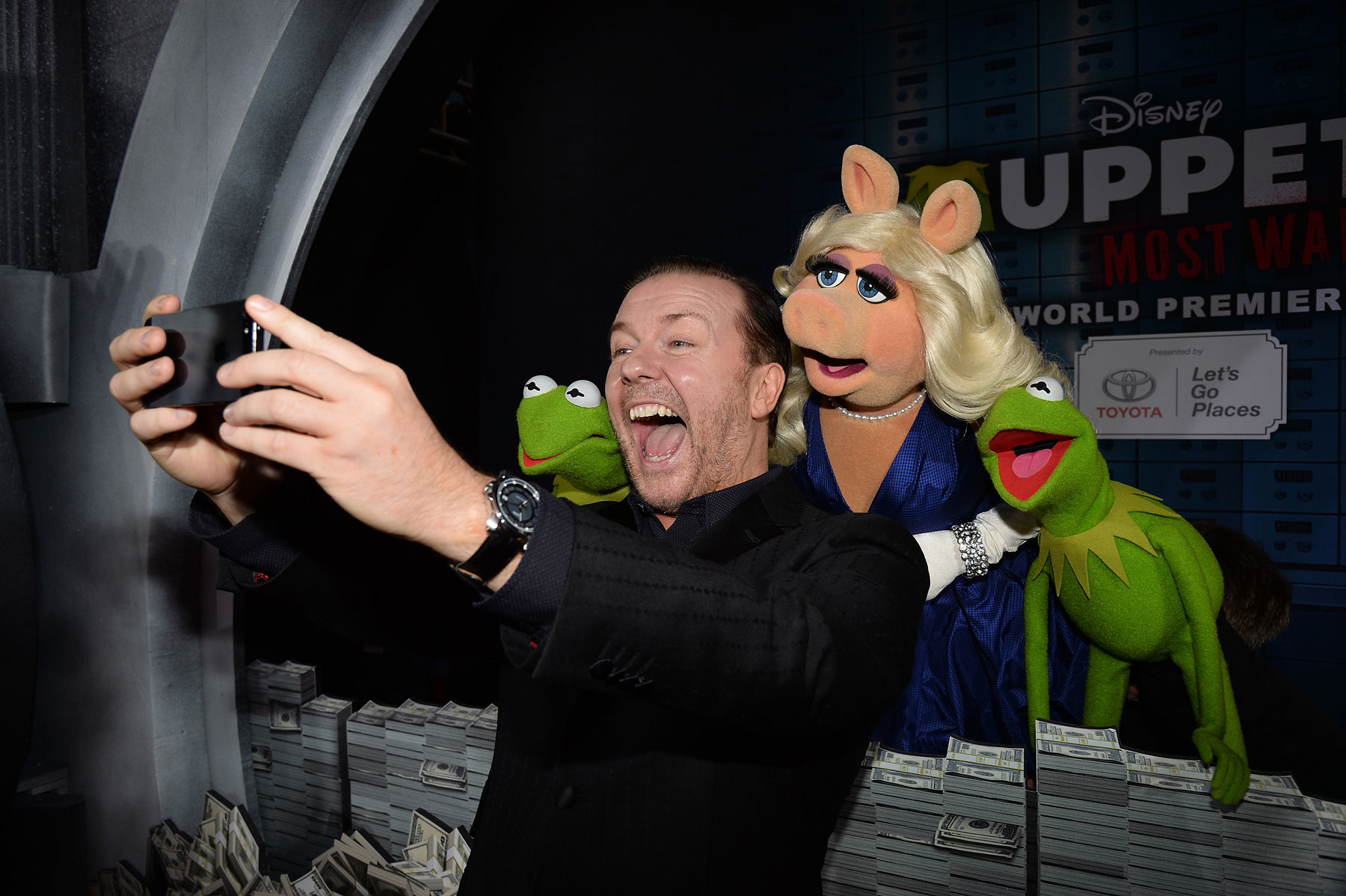

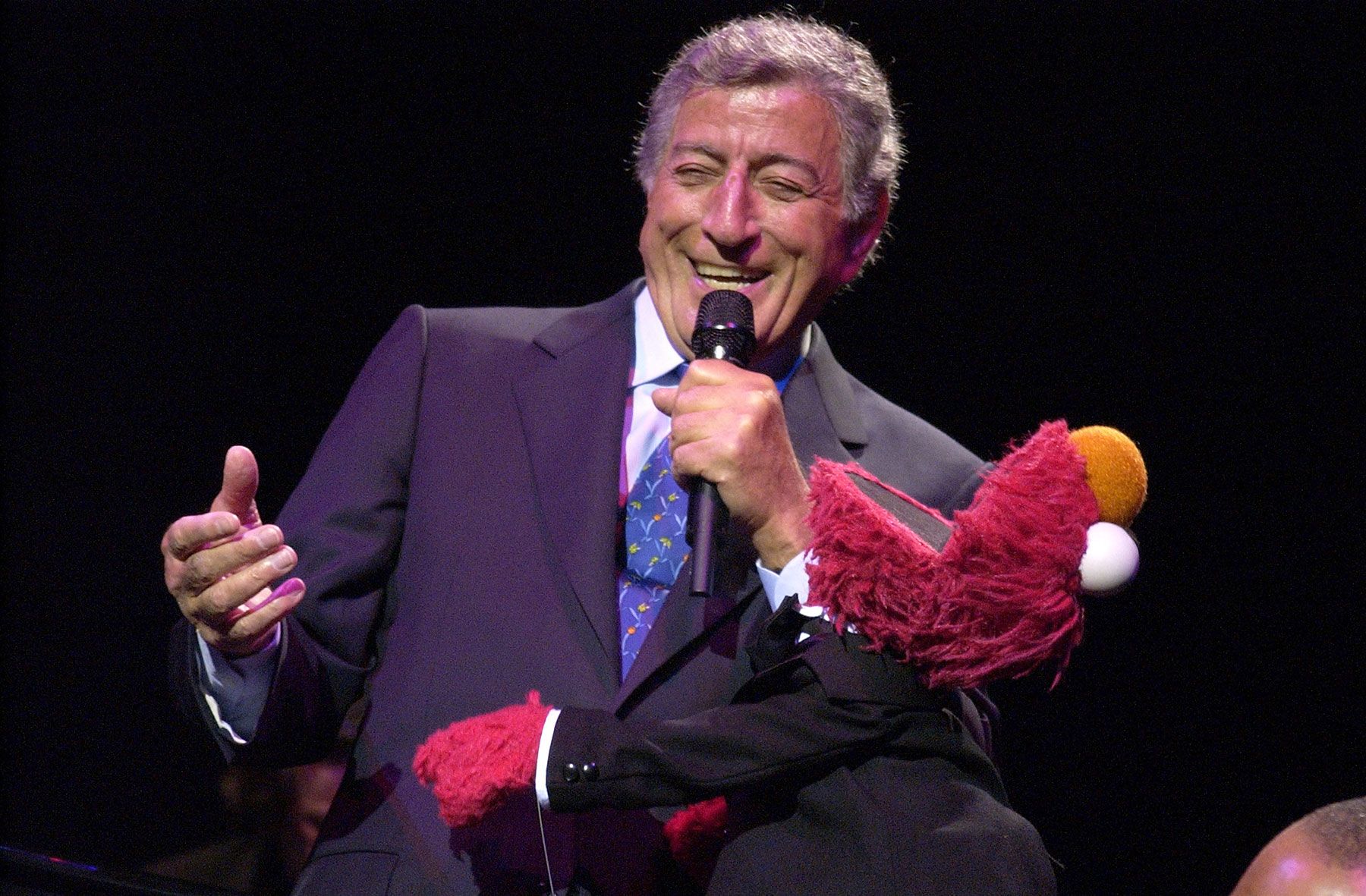


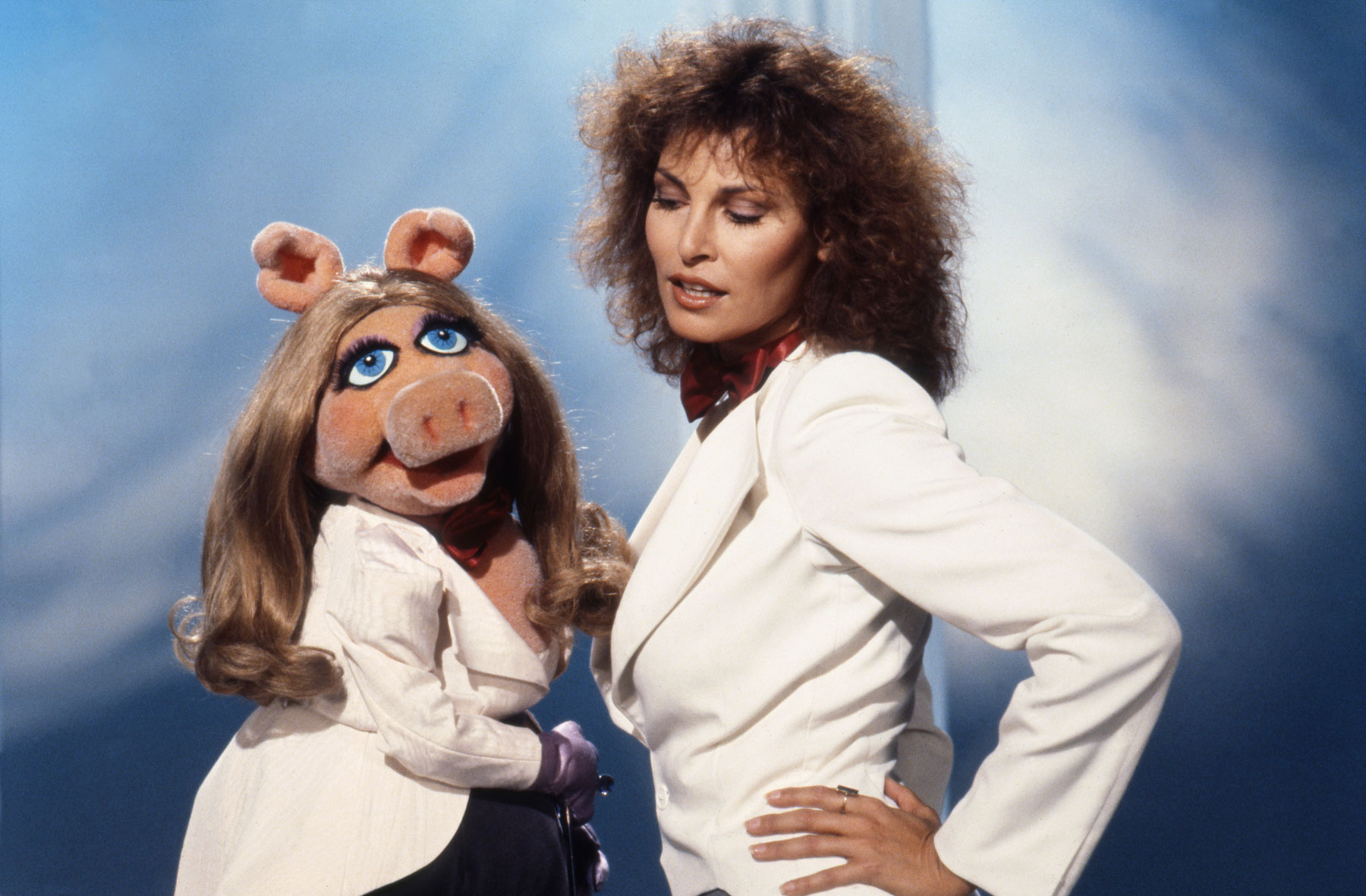

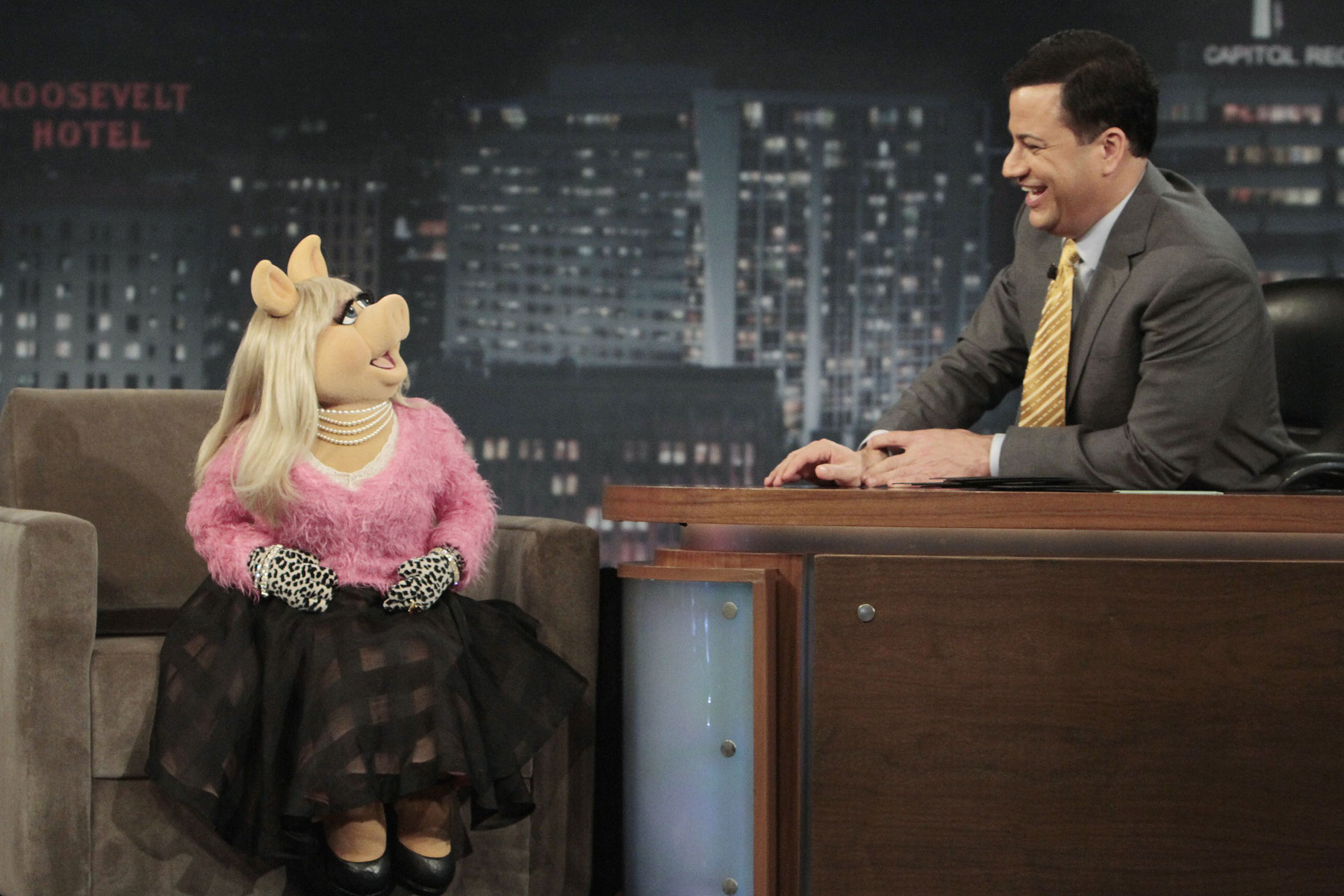
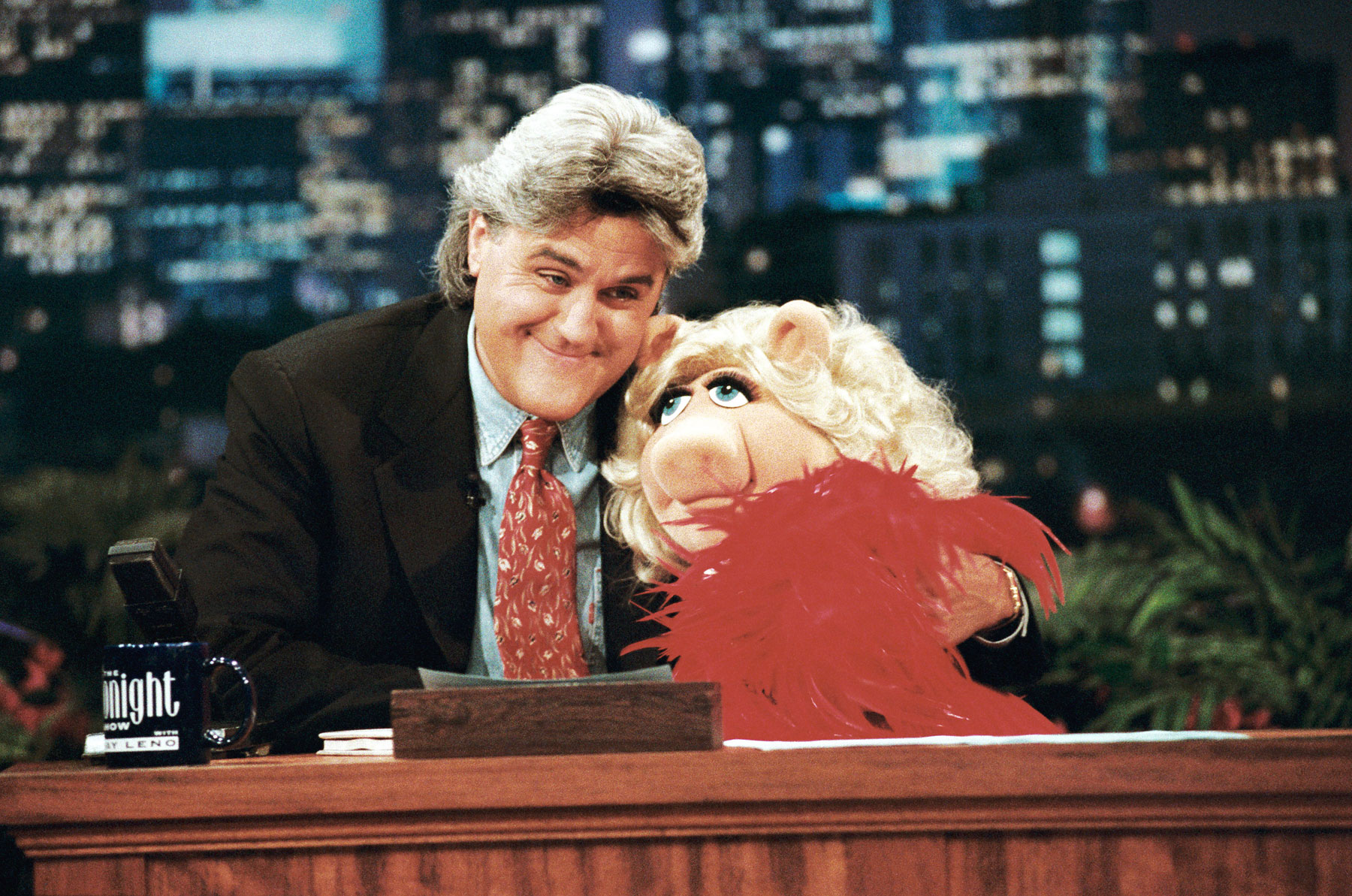
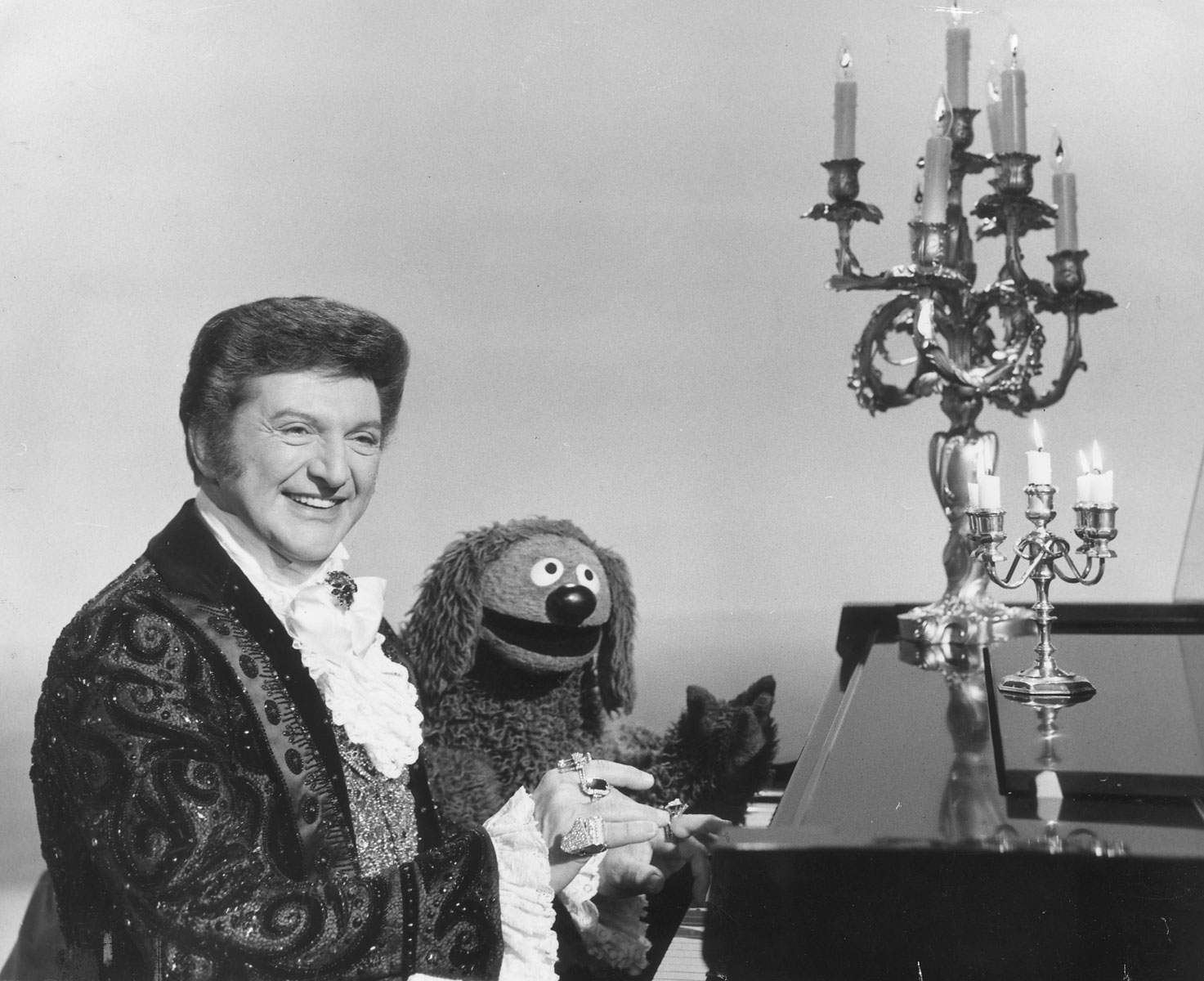
More Must-Reads from TIME
- Cybersecurity Experts Are Sounding the Alarm on DOGE
- Meet the 2025 Women of the Year
- The Harsh Truth About Disability Inclusion
- Why Do More Young Adults Have Cancer?
- Colman Domingo Leads With Radical Love
- How to Get Better at Doing Things Alone
- Michelle Zauner Stares Down the Darkness
Write to Lily Rothman at lily.rothman@time.com